The finest blessings brought to Kawane,
A future that is changing its shape
Kawane, where unique attractions and challenges intersect, has a great future in the fields of food and
tourism.
To seriously consider the problems unique to the region, change our viewpoints, and recover our blessings
from the inside out.
This is the first step in the process of becoming "regenerative”.
*This project is a website led by the TOKYO FOOD INSTITUTE, a general incorporated association,
summarizing the regeneration story of the Shimada/Kawane area through food and tourism.
*This project is a website led by the TOKYO FOOD INSTITUTE, a general incorporated association,
summarizing the regeneration story of the Shimada/Kawane area through food and tourism.
JP / EN


Oigawa River Basin, the climate and culture of Kawane
Kawane is a mountainous area developed in the basin of the Oi River, which flows from the Southern Alps
to Suruga Bay, consisting of Kawanehoncho, Haibara-gun, and Kawane-cho, Shimada-shi, Shizuoka
Prefecture.
Kawanehoncho is one of the most famous tea-producing areas in Japan, and even today tea from
Kawanehoncho competes for first and second place at Japanese tea fairs.
However, the aging of the population, less population, and the decline of the tea industry, a major
industry, have caused people to reevaluate the unique values of the region, and new changes centered on
food and tourism are beginning to appear.

What is Regenerative?
“Regenerative" generally refers to the process of renewal, restoration, or growth that leads to positive
change or improvement.
Focus on long-term value, not short-term, for a sustainable future. With the goal of not only solving
environmental issues but also restoring natural ecosystems, there is currently a movement to reassess
human and natural resources in various regions of Japan, especially in depopulated areas.




90 % of the area in Kawanehoncho is forested.
For many Kawane people who have cultivated nature on the mountain slopes to create tea plantations,tea has
become a foundation in their daily lives in recent years.
Now, people from various backgrounds are beginning to gently recreate their lifestyles and take the
blessings of this region with the blessings of this land, we are beginning to set the course for a new
future.
Let us tell you the unknown story of the "present" Kawane.
Challenges to improve Kawane tea by tea wholesalers.

Kanes Tea
Tea wholesaler | Genki Komatsu
After working for startup companies in Tokyo, including food solutions and Japanese tea, he returned to Shizuoka in 2022 and joined the family business. He released his high-quality tea, IBUKI bottled tea, in November 2022. Graduated from Waseda University.
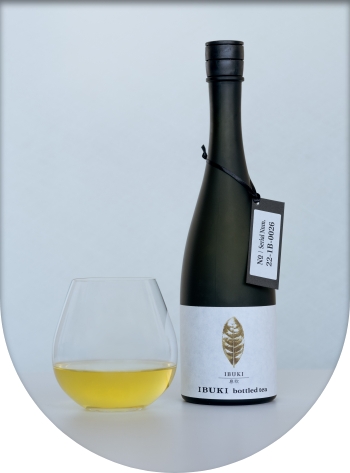
Saving the special flavor for the future.
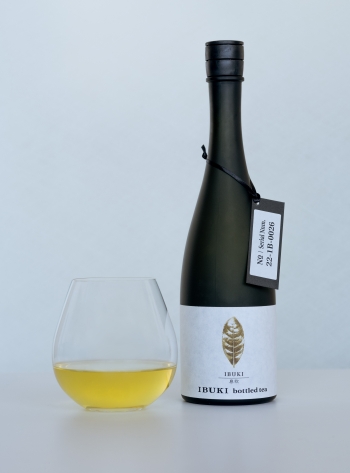
Ms.Naomi Komatsu, managing director of Kanes tea, a tea wholesaler, says, "Kawane is the highest grade
tea production area, centering on the artisans who make amazing tea”. The artisans are four tea farmers
who have long been famous for winning top prizes at national tea fairs. Kawane has been producing high
quality tea for a long time, because of the environment well-suited for tea cultivation: Fog and rain
from the steam rising from Suruga Bay, and the temperature difference between day and night. There was
no better location and the farmers were eager to research and improve their skills. But now, the tea
industry is facing problems, such as a decrease in the number of workers due to less population and
aging, and an increase in closed tea plantations.
Mr.Genki Komatsu (Branding Manager) expects that
tea will become two types: high-grade leaf tea and low-priced tea that can be used to make PET bottles
tea. He says that it is the role of tea wholesalers to produce high-quality teas like Kawane-cha that
consumers can enjoy. The high-quality tea, IBUKI bottled tea is one of the solutions.

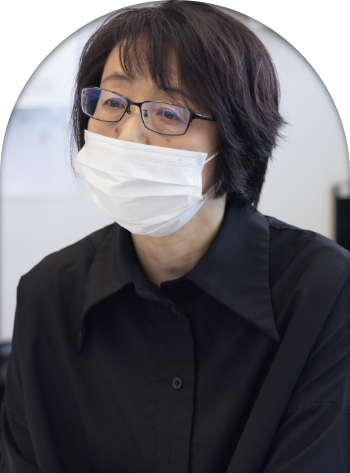
Fresh tea
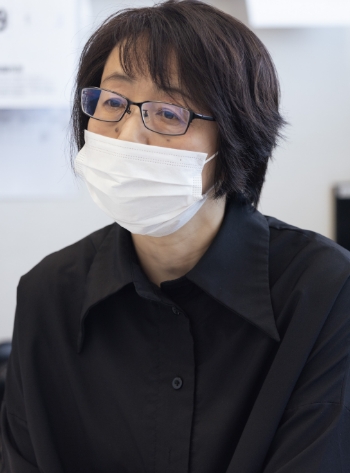
Tea industry researchers were surprised that the higher-priced bottled teas "exceeded teas carefully brewed by Japanese tea instructors. This is because you can taste the excellent tea that is freshly brewed the moment you open it. Higher-priced bottled tea is made by a process so precise that it cannot be recreated by human hands. Behind its development is the passion that its successors have for the future of the tea industry. Mr.Genki said, "I want to increase contact with tea and attract young people to the world of tea”. IBUKI, developed by Canes Seicha, is a clear, golden color with a rich flavor to all five senses, and is a non-alcoholic drink that is as good as a fine wine. For example, for people who have no experience brewing tea at all, bottled tea is one way to taste the rich flavor of tea, which is not affected by the brewer's skill.

How a rare tea-producing region can survive
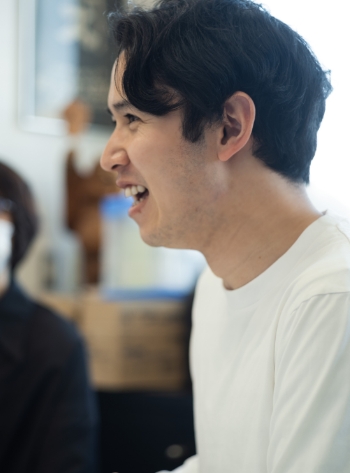
With high quality tea becoming harder to sell, the bottled tea method is a great advantage for restoring
the value of high quality tea production areas like Kawane, which are located in mountainous areas where
tea plantations are difficult to care for and yields are low. Tea wholesalers are the closest to
consumers and create products by latent needs," says Mr.Genki. Bottled tea protects the rare tea regions
and farmers who continue to grow tea by matching the consumer's lifestyle and proposing new ways to
drink.
It is also a movement to support not only Kawane, but also Kanaya, Shimada City, where Canes
Seicho is located, and the tea production areas of Makinohara, Fujieda, Kakegawa, and Mori as hubs
("gathering points") using the traditional method of tea wholesalers to combine the charms of each tea
production area.

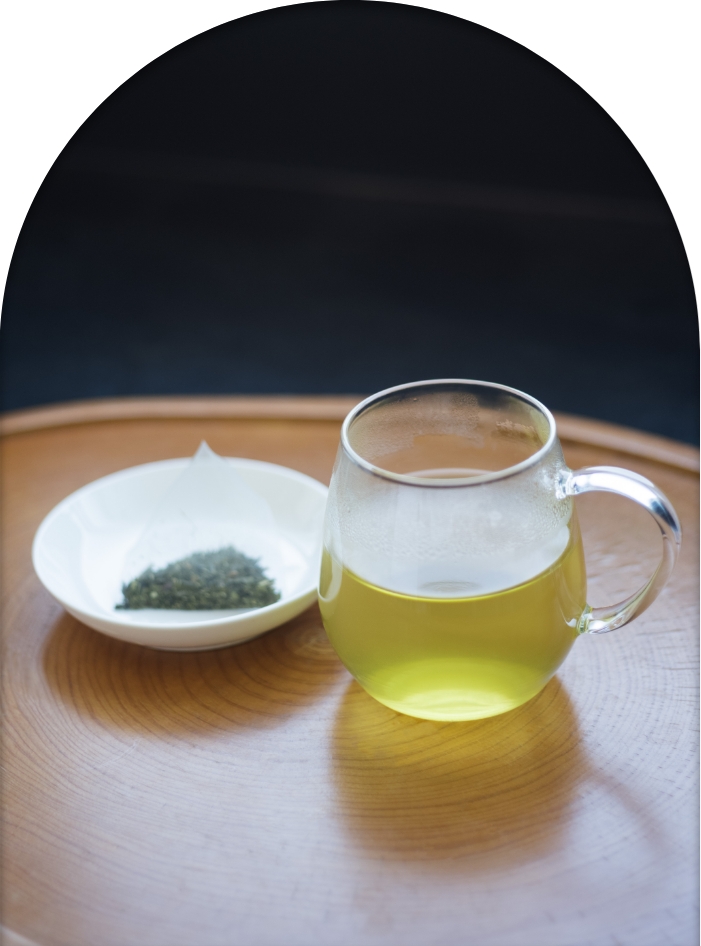
Yuzu and cherry blossoms go abroad with tea.
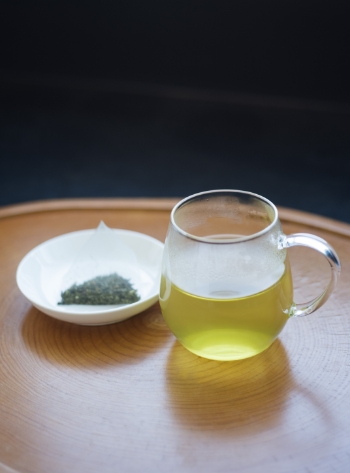
One of the products that Kanes exports overseas, mainly to Europe, is an aromatic tea blended with
cherry leaves and yuzu (a type of citrus fruit)Blending tea leaves and combining them with flavors to
create a wonderful product is the tea master's specialty. Ms.Naomi, who is in charge of product
development, has created a blend of cherry leaf teas that are perfectly balanced, which has become very
popular in France.
The aroma of coumarin, Naomi's favorite aroma of cherry leaves, which combines
the strength and momentary of natural plants, giving it a rich flavor that is completely different from
that of artificial flavors. In Europe, where terroir is valued, it is natural that tea, cherry blossoms,
and yuzu grown in the watershed of the Oi River would be accepted. Yuzu from Kawane, like tea, is known
for its aromatic qualities. Kawane is a small mountainous region that is greatly influenced by the
nature of the Southern Alps. The products that are loved by people have the potential to make the
blessings of a small region become universal.

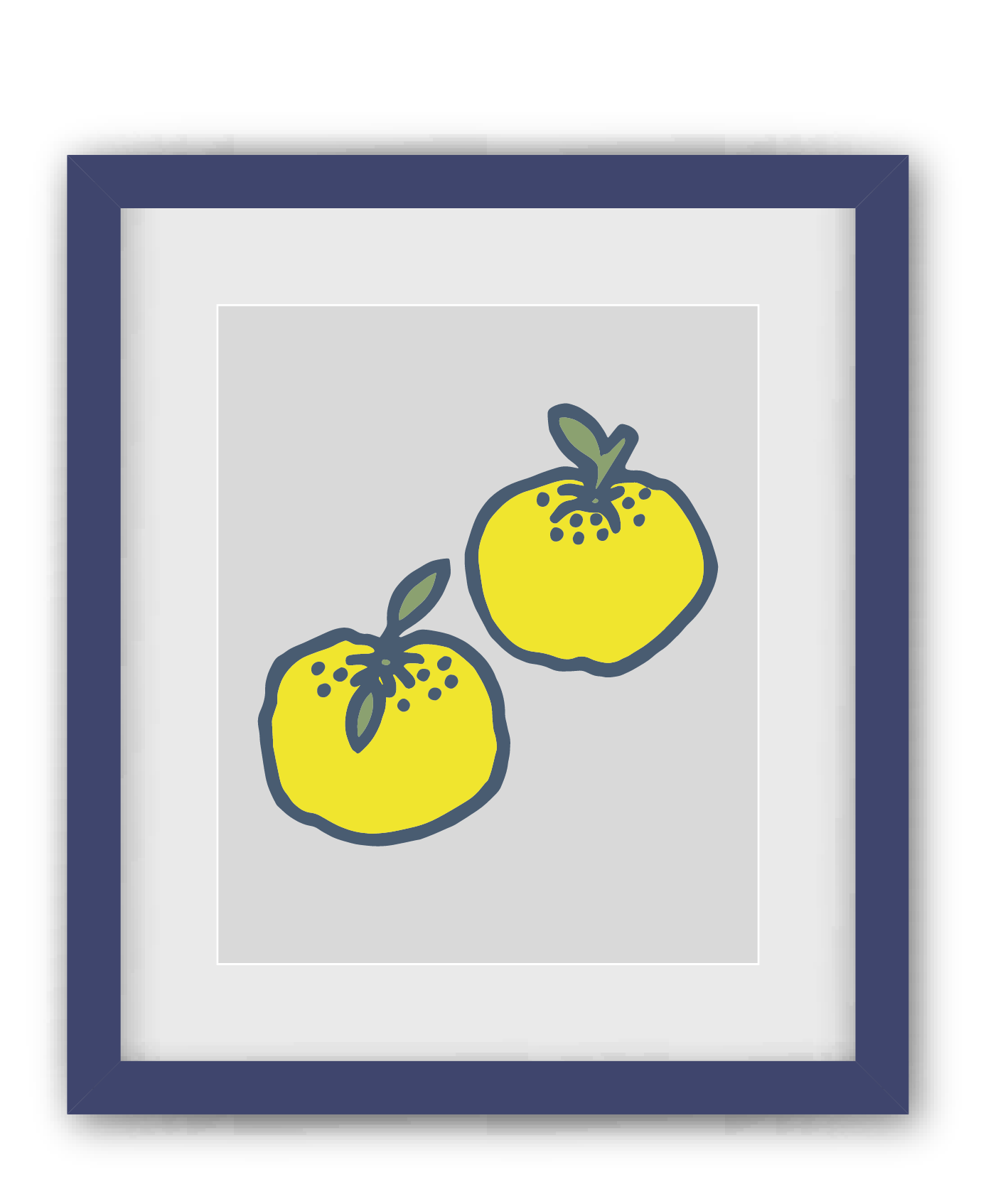
Yuzu will change the future of the town.
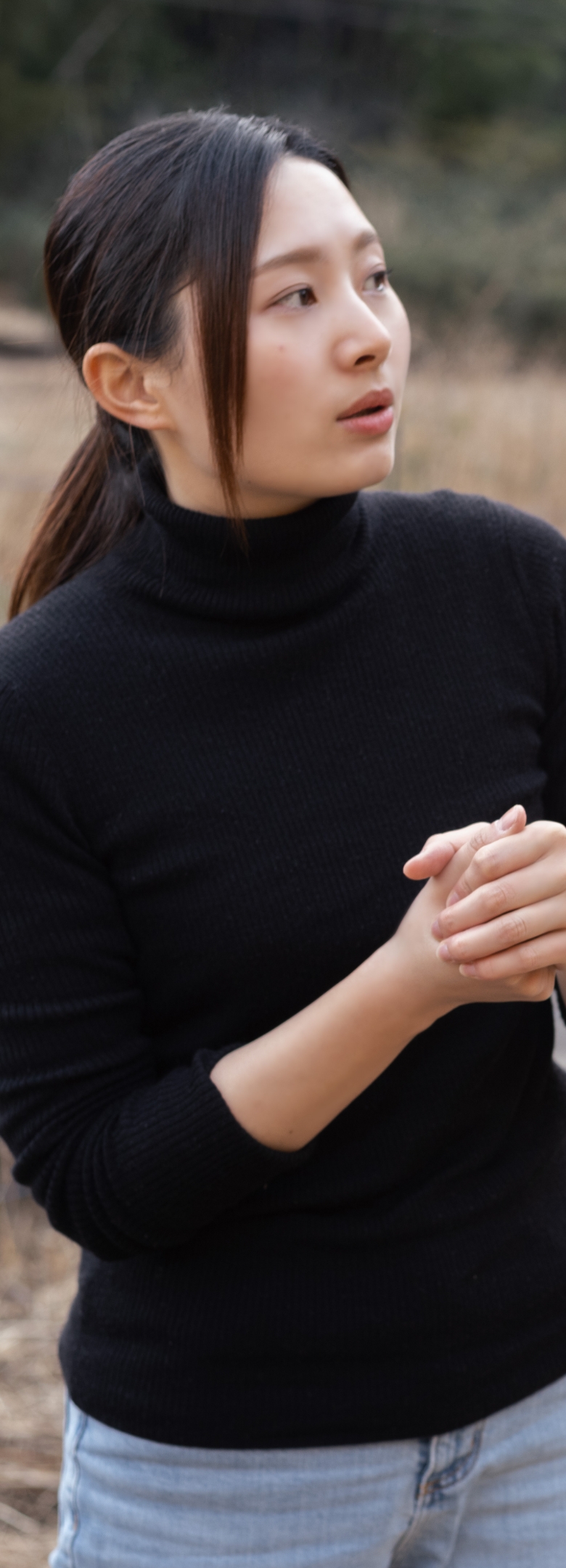
Agrinos Inc.
Yuzu farmer | Naho Nakano
She was born in Kawane, thought "I want to live in this town forever," and started working at the Regional Development Division of Agrinos Inc. She is in charge of PR and the Kawanehoncho office of Agrinos Inc.
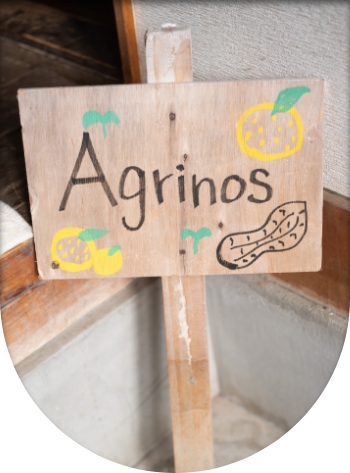
A small town that attracted companies from the city.
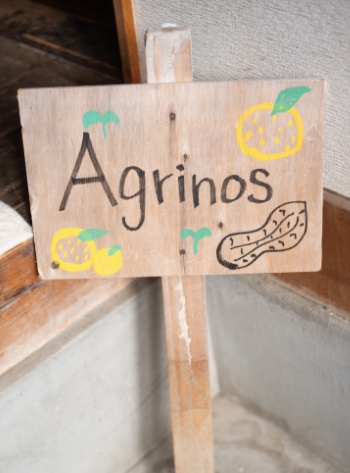
The Regional Development Division of the venture company "Arinos" chose Kawane out of many local areas to collaborate with. While companies from Tokyo are often treated as strangers in local regions, Kawane was completely different. From the beginning, they were open-minded, and "Arinos members felt that the people were really nice," says Ms.Naho Nakano. Many people who visit Kawane find the atmosphere friendly. Although it is difficult to tell this quality to anyone other than visitors, this town has a great treasure.


No.1 producer of yuzu in the four Tokai prefectures
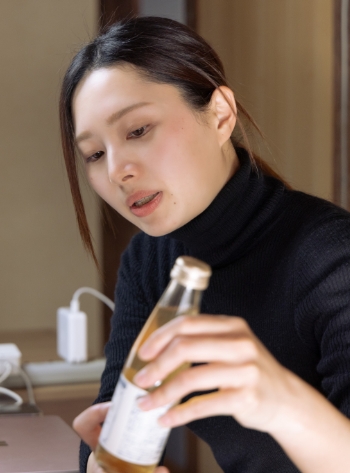
Ms. Nakano says, "I think yuzu has finally become well known in recent years”. When Ms. Nakano was a child, Kawane was a "tea town". Elementary and junior high school students took field trips to tea factories and tea farmers, had tea drinking in class, learned about the history of tea, and generally had an education that deepened their understanding of tea. In fact, yuzu has also been grown here for about 40 years. One of the reasons Kawane is able to produce fragrant yuzu is because, there is a large temperature difference between morning and evening.Today, Kawane is the top producer of yuzu in the four Tokai prefectures of Shizuoka, Aichi, Gifu, and Mie.

Yuzu Branding and Challenges
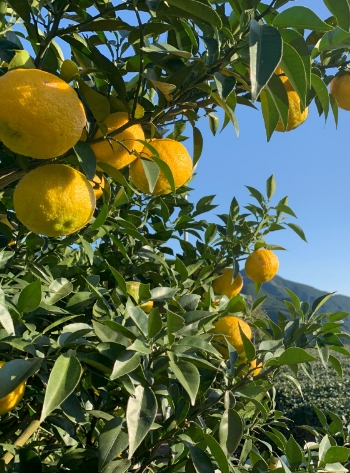
In order to make Kawane's yuzu widely known, "Yuzu farmers in Kawane are working together to make it
popular, beyond the corporations recently," says Ms. Nakano.
Yuzu is becoming a touchpoint between Kawane and other areas of Japan. Kawane's fragrant yuzu is
beginning to be known for its rich nature. Yuzu, along with tea, has become an attraction of Kawane.
All those yuzu are grown in what used to be abandoned tea plantations. Yuzu cultivation started with
changing the soil because the soil in the tea plantation was not suitable for yuzu. Agrinos cultivate
carefully, taking advantage of the soil.

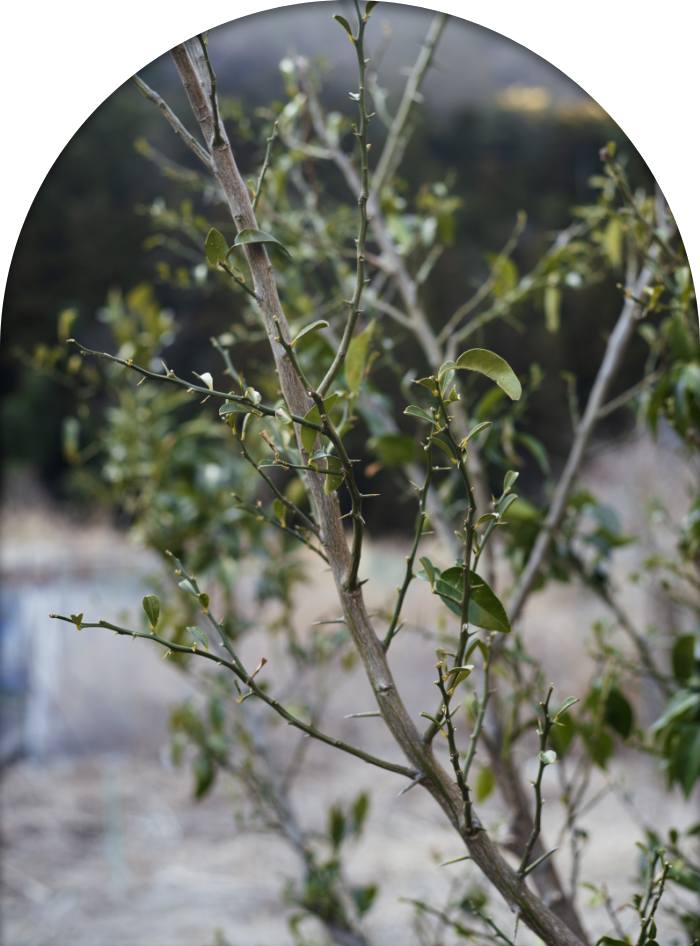
Deer walk around town and eat yuzu leaves
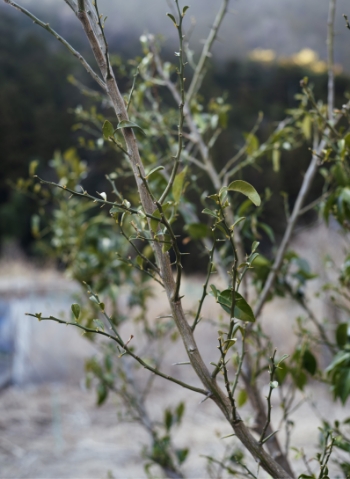
The deer come down from the mountains, walk through the town, and eat the leaves of the yuzu trees. Do you see how the trees are bushy at the top because the deer can't reach them?”. Branches with fewer leaves will die and the tree will become weaker. Some branches were dynamically broken, perhaps by a deer attack. Deer are smart, so when they learn that they can eat yuzu leaves there, they come back again and again.If there is a gap between electric fences, the deer can pass through. The rich natural environment of Kawane grows fragrant yuzu with the risk of damage by animals.


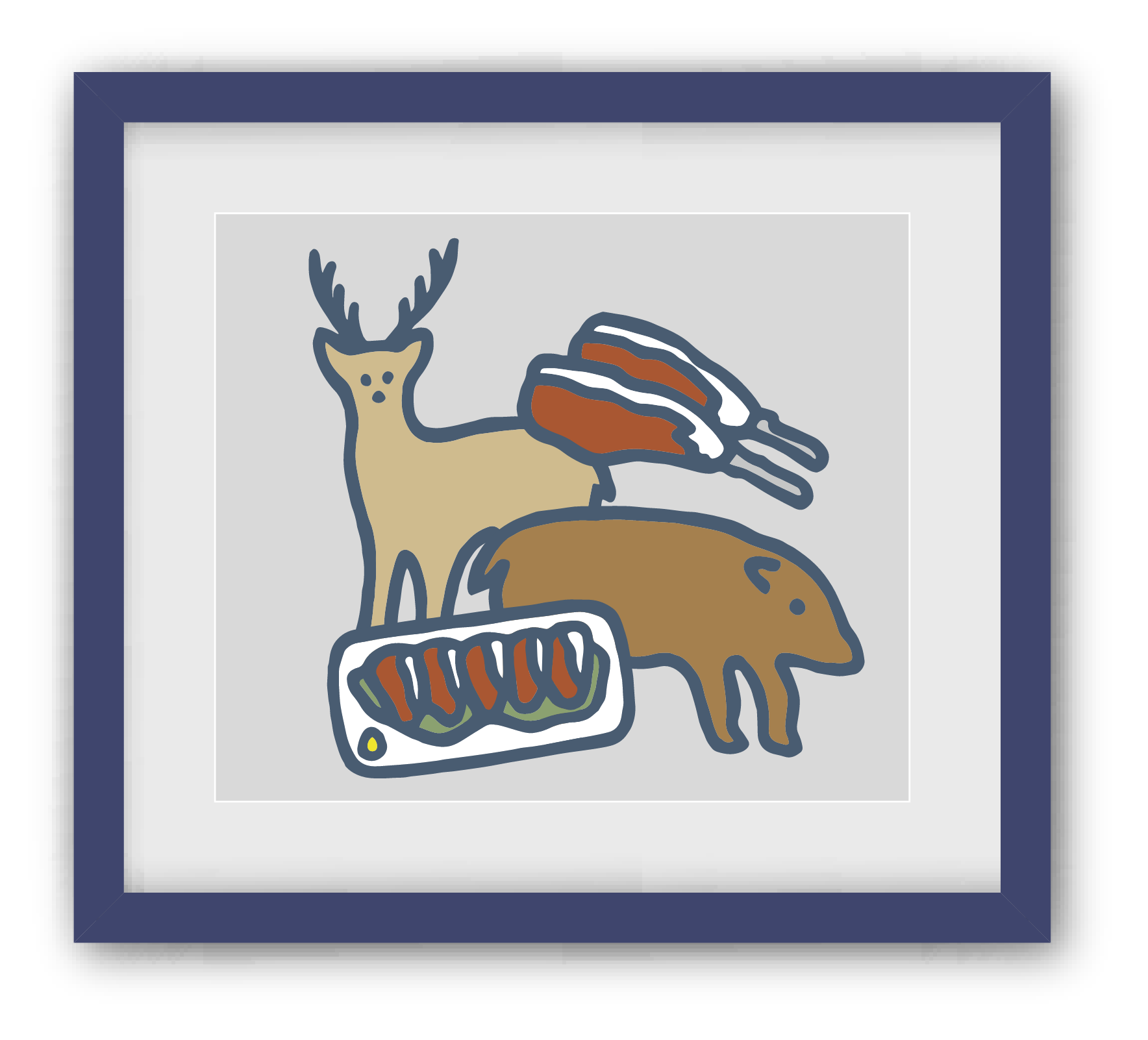
Hunters are the keepers of the border between the human territory and animal territory
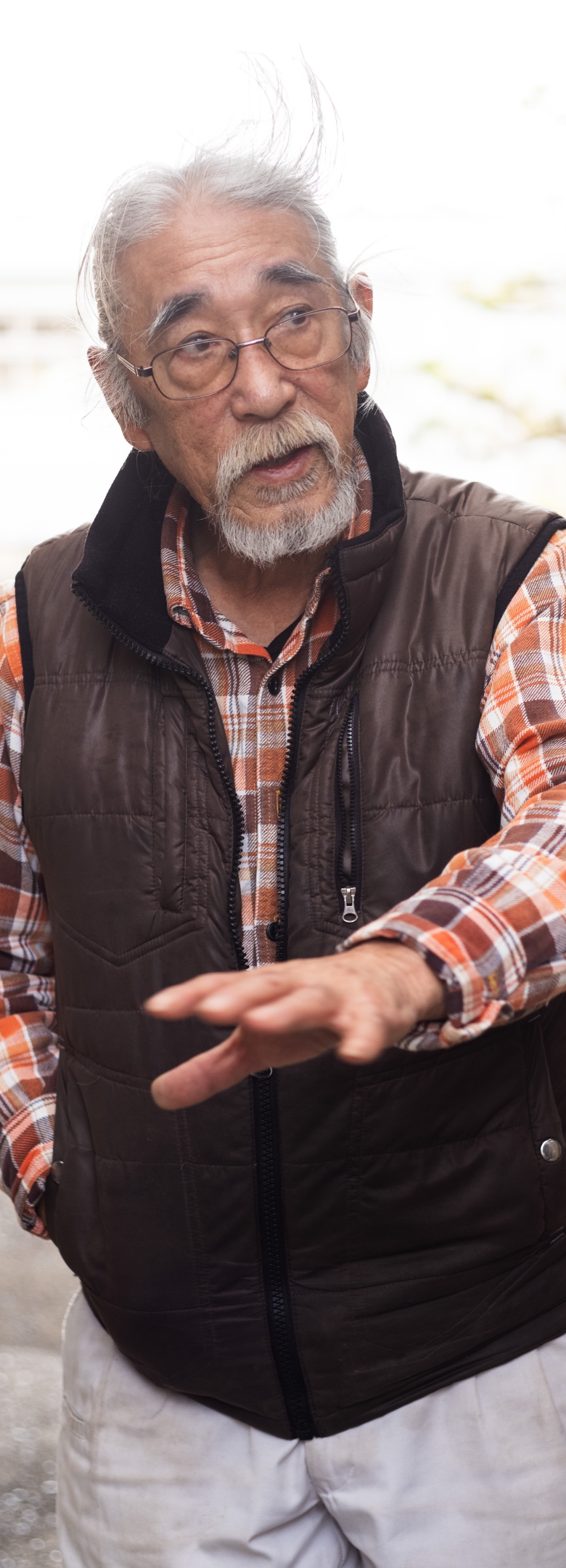

Mountains are the territory of animals, villages are the territory of humans
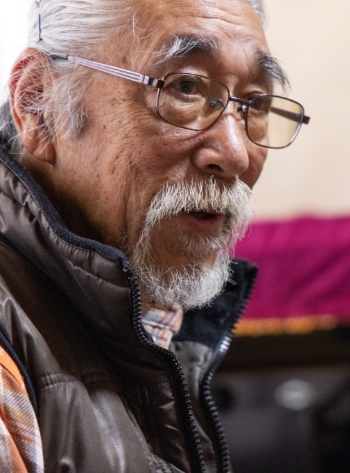
Kuniyoshi Tonooka, who was born in Kawane and is a famous hunter in the town. When I tell people my job,
I sometimes get the reaction from people I meet for the first time, "It's so sad that you have to kill
animals”.
“Of course I don't hate deer and wild boar either, but when I see a farmer in trouble, I think I should
do something about them”. Older farmers may give up if damage by animals is repeated. That would take
away from the vitality of the town. He thinks no one should take away the motivation of the people who
work very hard. He believes that the hunter is like a keeper on the border between the human and animal
worlds. He tries to tell the mountain animals for 50 years that the village is the territory of humans!


Mountainpath in the eyes of a veteran hunter.

When Mr. Tonooka rushed to the field after receiving a call from a farmer, he found many signs that the animal had been there. “The footprints and the damage tell us how the deer and monkeys got here,” he said. He guesses from the signs of the animals and traps them. Trapping is a method of setting traps in places where animals are likely to be caught, and later killing them when they are caught. There is also a type of hunting called MAKIGARI, which is done by some people with hounds. It is also known as " ninja hunting" because the hunter waits patiently at his post in the mountains, expecting the movements of other hunters and the animals. The hunters walk quietly like ninja guns at the ready, and shoot the animal before it even notices. He can tell when and what kind of animal has walked down the mountain path. “It's a battle of wits between the animals and us," he said.


Passing on skills and gibier sales

He began selling the gibier more than ten years ago. It is possible to eat Tonooka's gibier at some restaurants in Kawane. The center of the slow-cooked deer steak is a beautiful rosé color, not red. When he delivers the meat, he tells the young chef, "By all means, create a menu that will please the ladies”. He hopes to increase the number of clients for his gibier and pass it on to younger hunters. One of Mr. Tonooka's students is Minyu Watanabe, who moved to Kawane as a member of the Regional Development Cooperation Volunteers. As a new hunter, she is learning from Mr.Tonooka. She visited Kawane for fieldwork in university and fell in love with the town. She is planning a hunting tour with Mr. Tonooka as her guide.
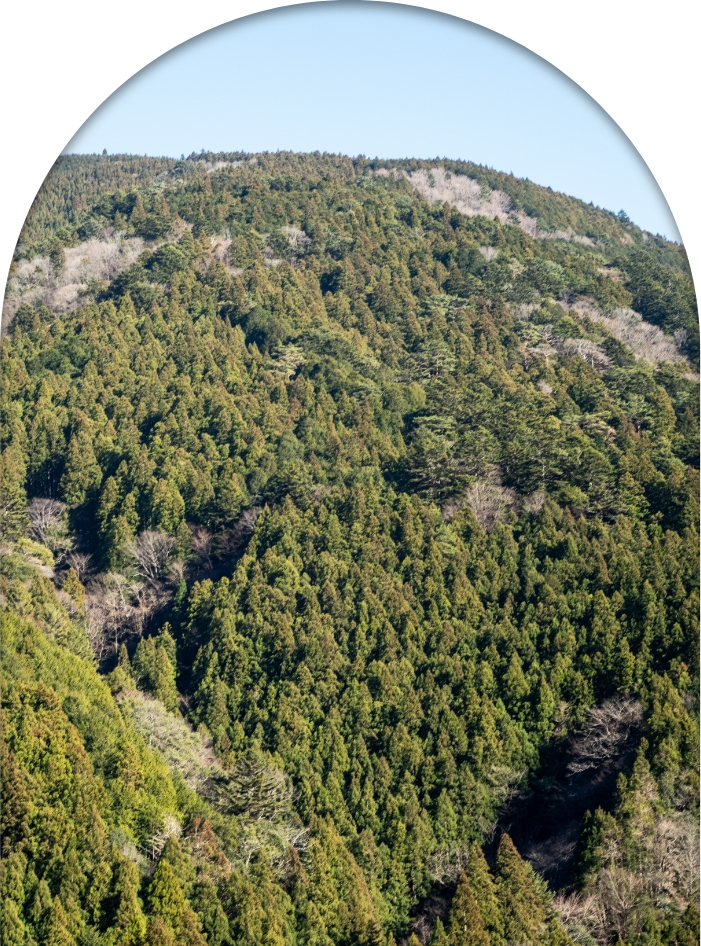
The concept of receiving the blessing of the mountains
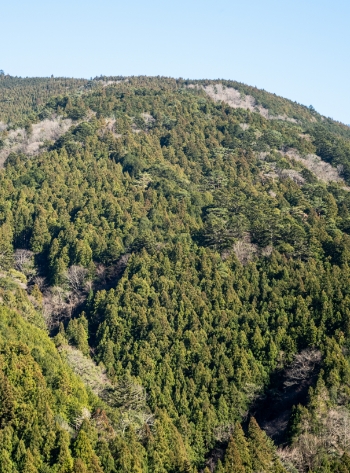
Mr.Tonooka tells Ms.Watanabe, "Say hello in a loud voice to all the old men and women in the fields. If you do that, they might give you vegetables”. Mr. Tonooka believes that simply visiting a town without meeting the people does not give the full experience. They greet each other,talk together, and become friends. If someone is in trouble with animal damage, they want to help. This leads to mutual help. “The people of Kawane live happily every day with the blessing of the mountains!” he said. And also have a great spirit of generosity that welcomes visitors. He prepared tea and sweets, politely told us his story, and showed us the traps he uses for hunting, which showed his pride as a hunter and his warm hospitality to visitors to Kawane.

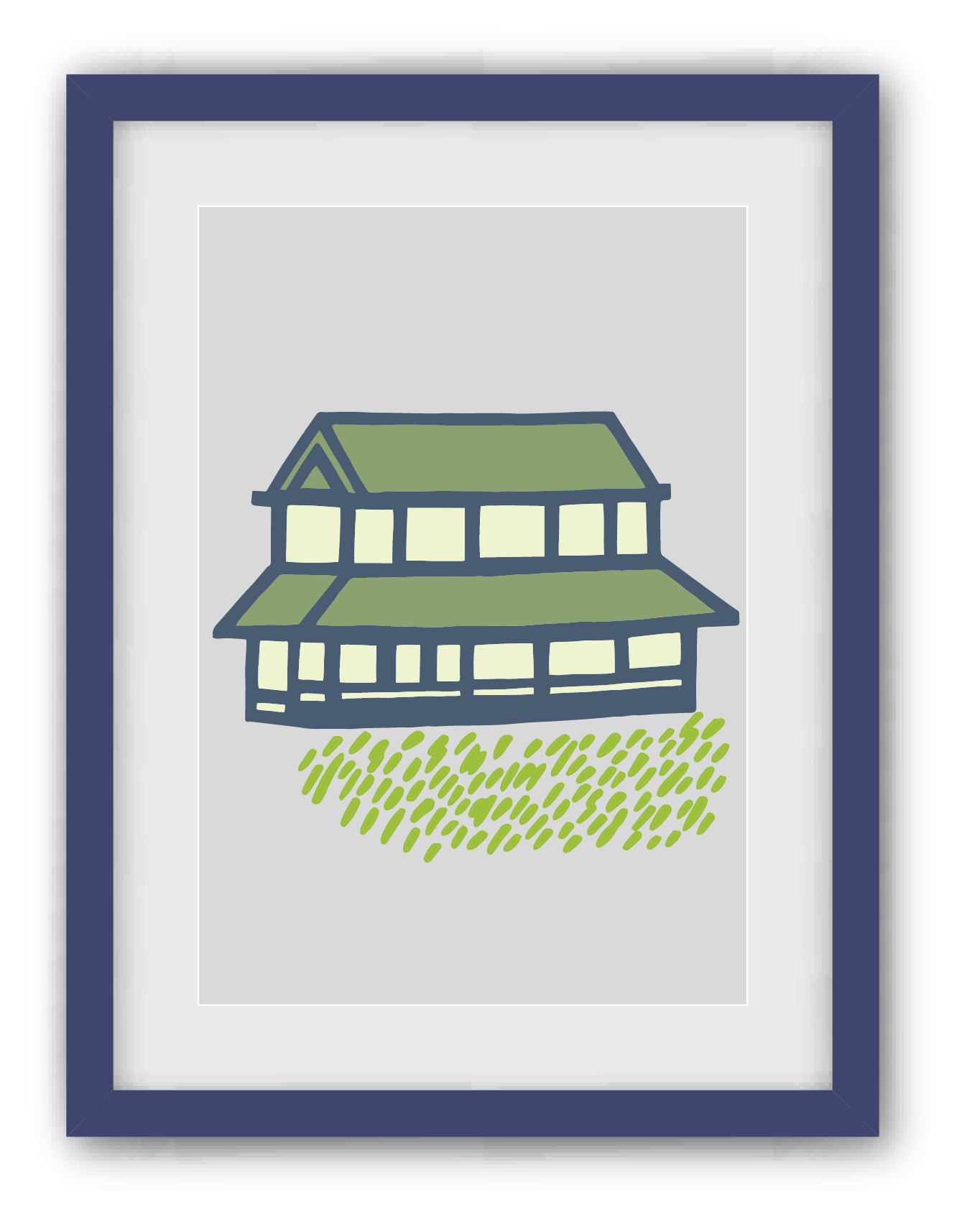
A new way to enjoy the quiet
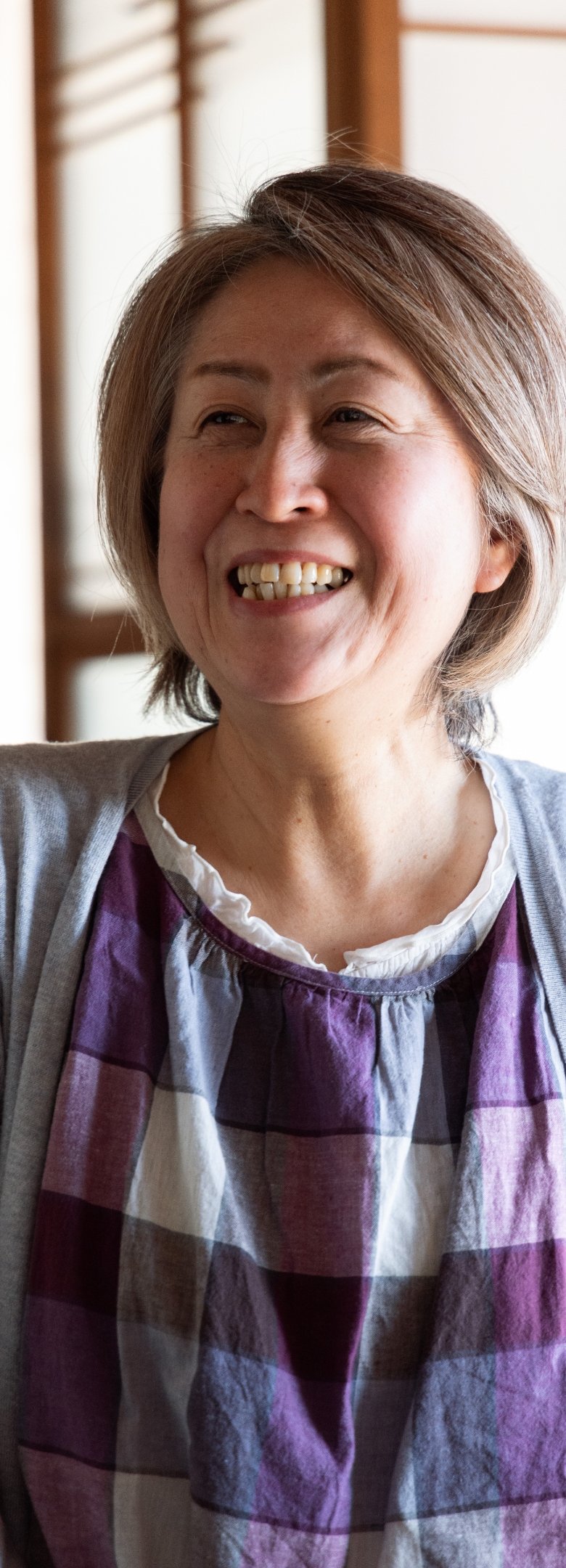
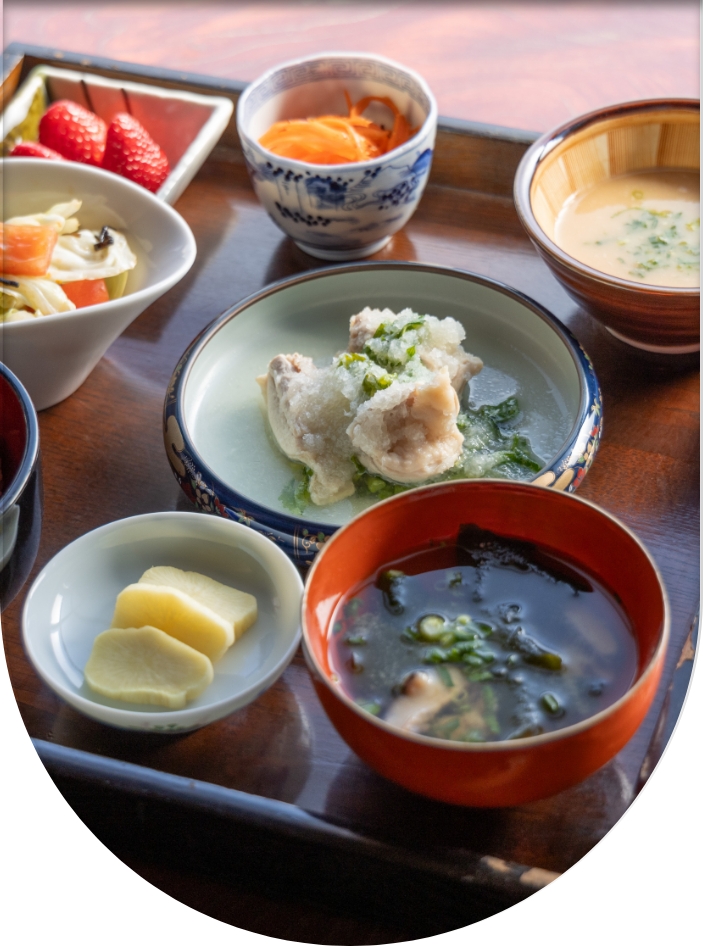
Farmer's guest house opened after the huge typhoon in 2022.
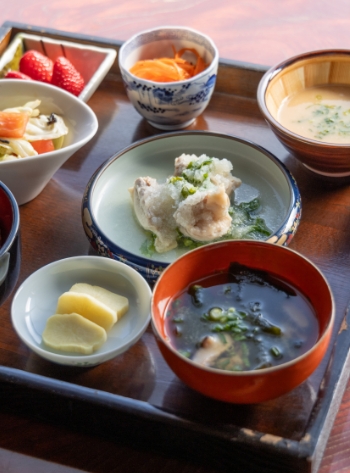
It was in the fall of 2022, just after the huge typhoon (Japanese called No.15) hit Kawane, that Ms. Kazahaya opened the farmer's guest house "HUWARI" in her hometown. “Oi river Railway's was also damaged by the typhoon” she said. The typhoon left Kawane heavily damaged. In 2024, the Oi river Railway has not yet been fully restored. After she opened the guesthouse with some worry, tourists have been coming to this town by bus or private car. Recently more and more people may know that tranquility is the highest luxury. Some guests nap in the guesthouse when they listen to the sounds of birds and the wind. The richness of this "empty" town is so deeply rooted in people's hearts.


The luxury of freshly picked foods on the table
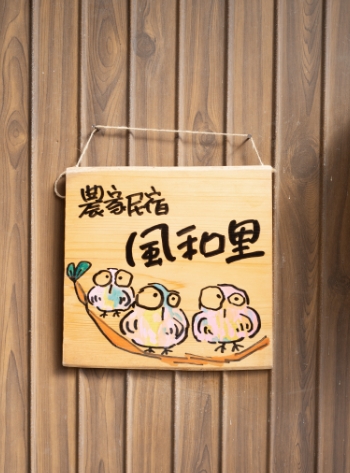
Ms.Katsue Kazahaya was a farmer in Kawane, where her mother is still active and hard at work growing
vegetables. On the day of the interview, the menu was a feast of local specialties and seasonal
vegetables such as Japanese yam, chicken with radish, carrot rappe and shiitake mushrooms in miso soup.
It was a wonderful meal that could not be experienced in the city! Cabbage and tomato salad with
homemade yuzu kosho (Japanese pepper with yuzu citrus) as a secret ingredient. The yuzu and the chili
peppers are from Kawane. Ms. Kazahaya says, "Everyone around here makes it when the season comes," but
the flavor is completely different from that of other products. Learning about seasonal vegetables,
going for a walk and talking with the townspeople will give you a healthy lifestyle. You will be relaxed
by nature when you look out the window, and you can enjoy the quiet when you get into the *kotatsu,
which is a perfect environment for work. You can practice mindfulness with ease.
*Kotatsu is a Japanese heating table covered with a blanket.



Foreign travelers experience the culture and enjoy the food
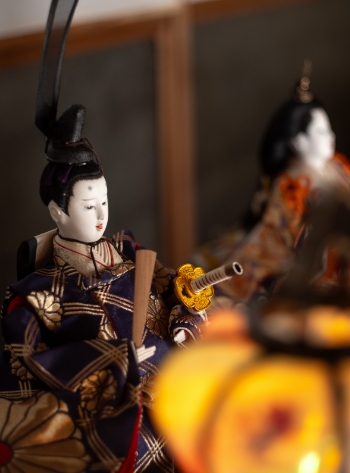
Recently, many foreign tourists visit the town. School trip students from Asia stay in the guest house,
and young backpackers who love Japan also visit. I don't serve special dishes to foreign tourists, but
they all use chopsticks and eat happily. Italian tourists cooked pasta for her. The peperoncino with
garlic and chili peppers from Kawane was delicious. A Canadian and an American girl went to Japan as a
prize for the top scorer in a Japanese language competition. They decorated the *Hina dolls together and
dressed them in kimonos. The dolls were rescued from a typhoon-damaged house. “Miraculously, their faces
were beautiful. The steps had been damaged, so now they are displayed on an encyclopedia with a carpet
pulled over them," she said.
*Hina dolls are dolls displayed at the Doll's Festival(Japanese call
it Hinamatsuri). Hinamatsuri is a Japanese event to pray for the healthy growth of girls and is held on
March 3.
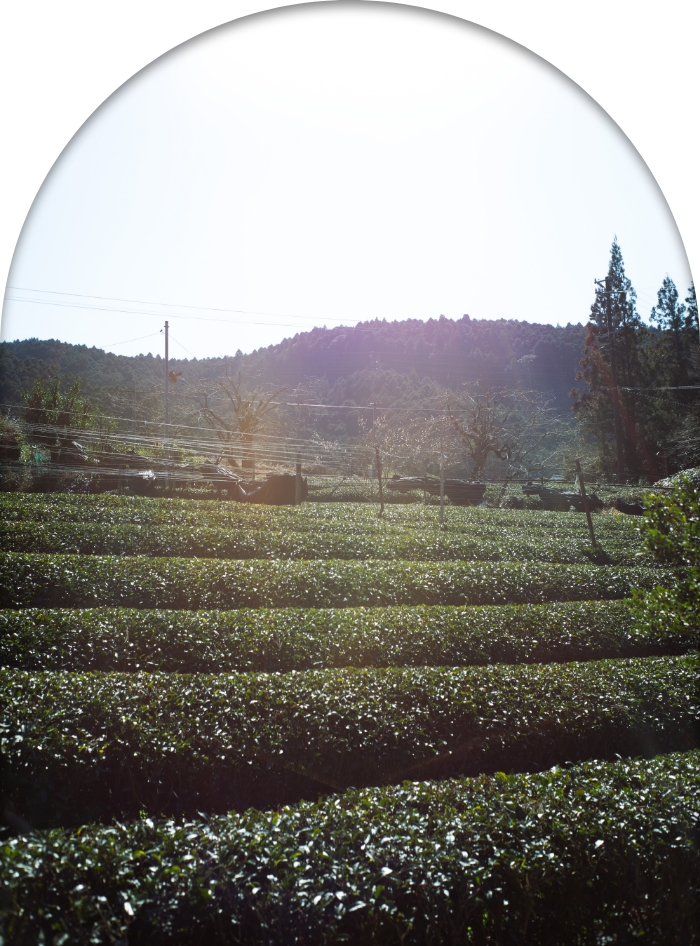
Hospitality with local tea

Ms.Kazahaya serves Aobe tea to various tourists. In the old days, each farm did everything from tea picking to production, having the "taste of our family's tea". Nowadays, tea production has decreased, and the farmers pick tea all together in the town and bring it to the factory to be produced together. “But it's still tea of Aobe”, she said. When tourists arrive at the guesthouse FUWARI, she first serves them a cup of tea, saying, "Here is a cup of tea from Aobe". The tea had a great flavor. Even though the value of tea has changed over the years, serving a hot cup of tea is still an act of hospitality for others. Perhaps the reason why many people move to Kawane is not only for the tourist area, but also the environment and the warmth of the people.

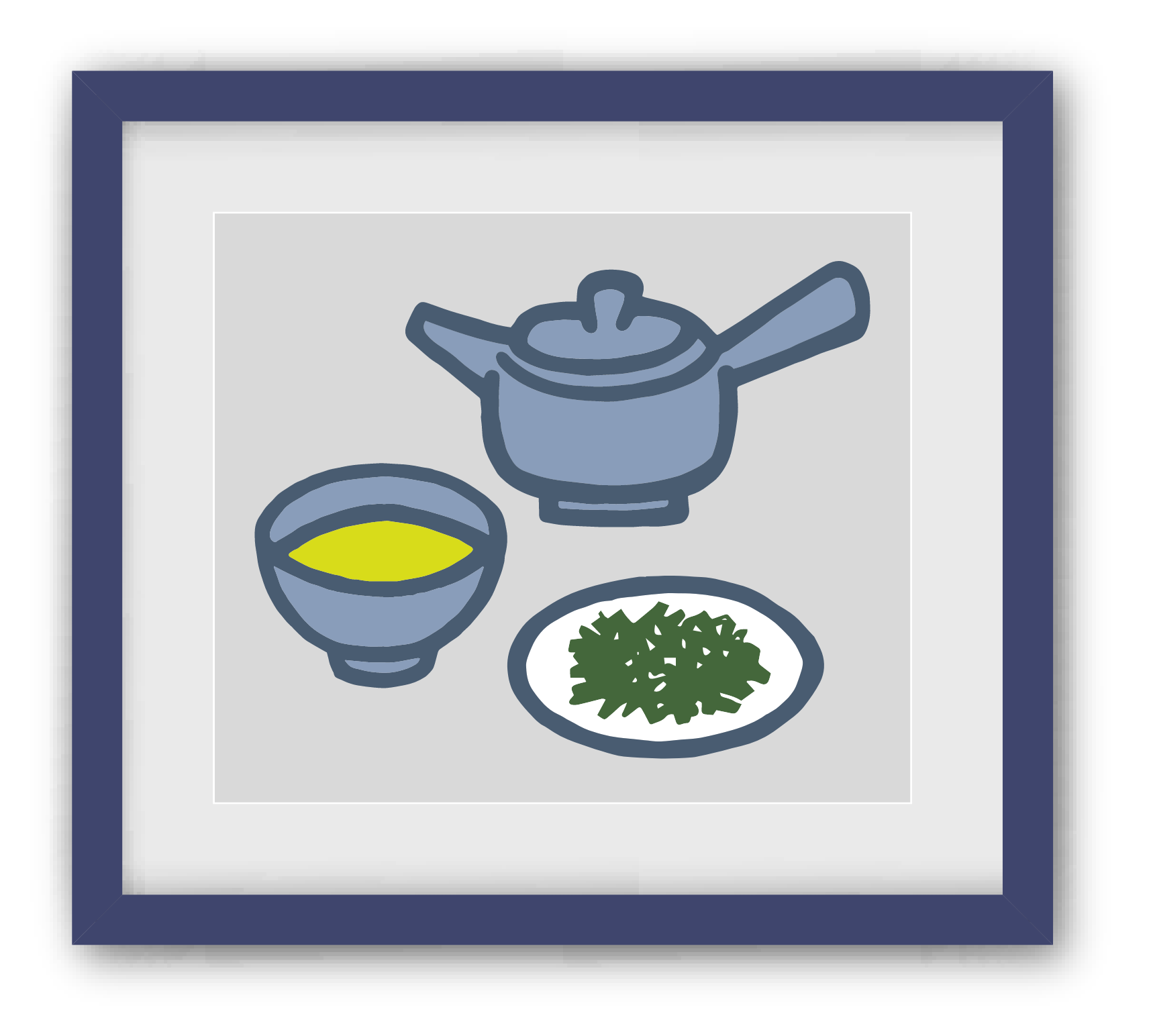
Links
Contact

© Regenerative Kawane. All Rights Reserved.






